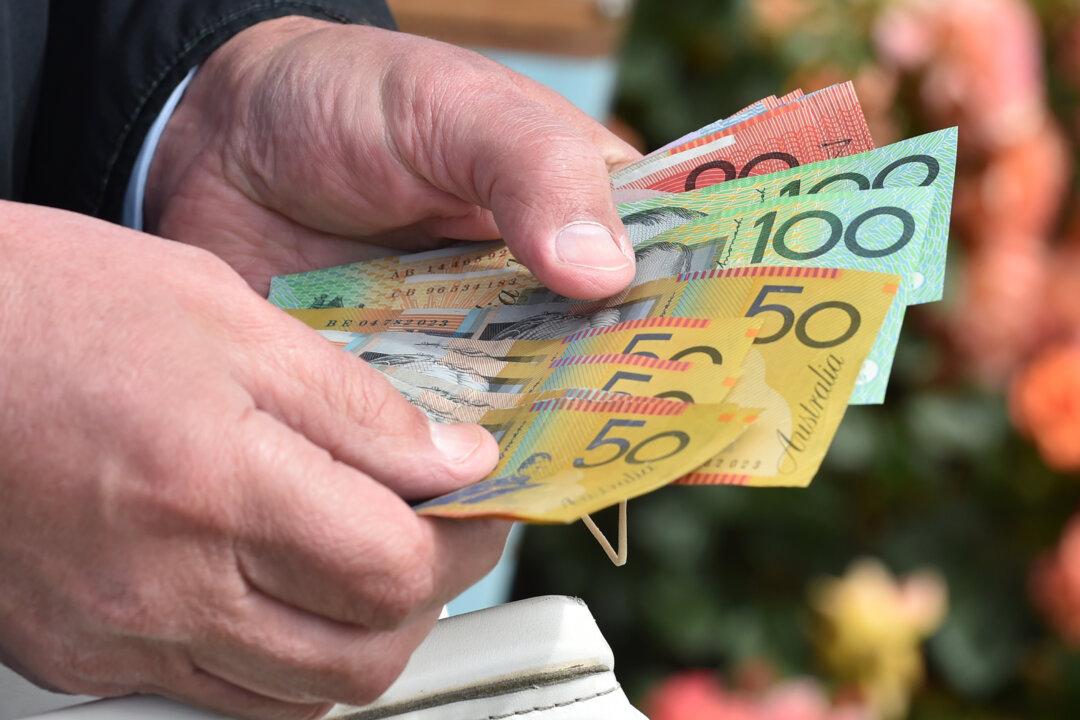Spending was flat last month, with tax cuts yet to materially improve retailer fortunes as many chose to stash extra cash away.
The flat July outcome was below the 0.3 percent growth consensus forecast and followed two months of upbeat results.

Spending was flat last month, with tax cuts yet to materially improve retailer fortunes as many chose to stash extra cash away.
The flat July outcome was below the 0.3 percent growth consensus forecast and followed two months of upbeat results.